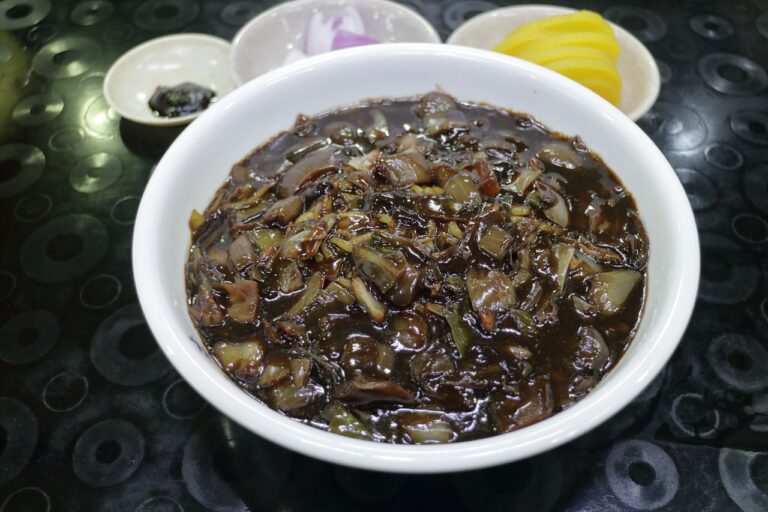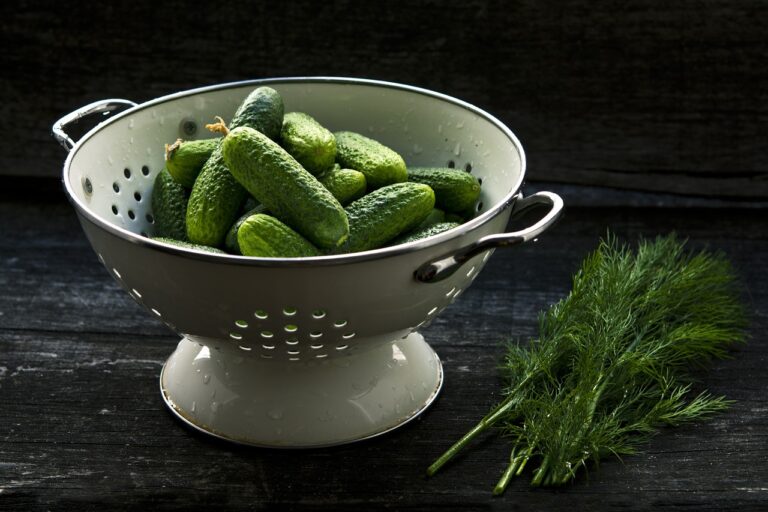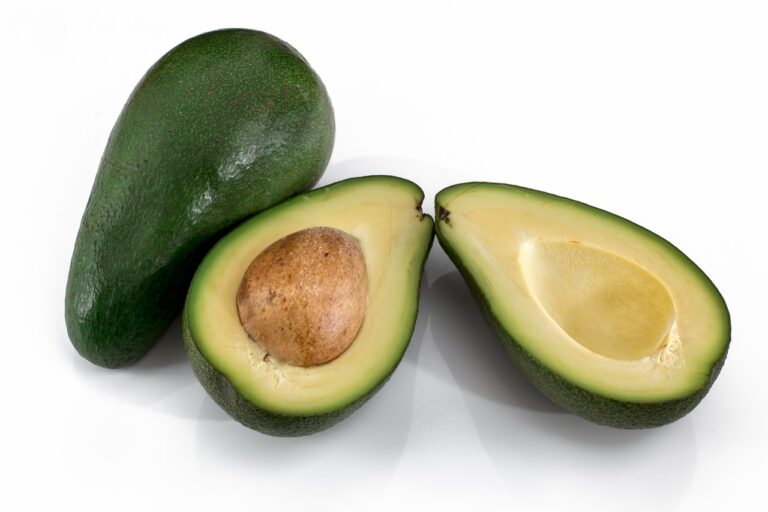The Impact of Innovations on Food Industry Efficiency
Traditional food industry practices face numerous challenges in the modern landscape of food production. One such challenge is the increasing consumer demand for transparency and sustainability. Consumers are now more conscious about where their food comes from, how it is made, and the impact it has on the environment. This shift in consumer behavior is putting pressure on traditional food production systems to adapt and become more transparent in their practices.
Another significant challenge for traditional food industry practices is the threat of food safety issues. With the increase in global food trade and production, ensuring the safety and quality of food products has become more complex and critical. Foodborne illnesses, contamination, and outbreaks are major concerns that can tarnish the reputation of traditional food producers and have severe consequences on public health. Maintaining high standards of food safety while keeping up with evolving regulations and guidelines is a constant challenge for the traditional food industry.
Emerging Technologies in Food Production
Many emerging technologies are revolutionizing the landscape of food production. One such technology is 3D food printing, which allows for customizable and intricate designs to be created using edible materials. This innovative approach opens up new possibilities for food presentation and personalization, catering to the evolving preferences of consumers in the digital age.
Another promising technology is precision fermentation, which involves using microorganisms to produce specific ingredients or food products in a controlled environment. This process offers a more sustainable alternative to traditional agricultural practices by reducing the reliance on land, water, and energy, while also ensuring a more consistent and higher quality output. By harnessing the power of these emerging technologies, the food production industry is poised to meet the growing demands for innovative and sustainable solutions in the future.
• 3D food printing allows for customizable and intricate designs using edible materials
• Opens up new possibilities for food presentation and personalization
• Caters to the evolving preferences of consumers in the digital age
• Precision fermentation uses microorganisms to produce specific ingredients or food products in a controlled environment
• Offers a more sustainable alternative to traditional agricultural practices
• Reduces reliance on land, water, and energy while ensuring consistent high-quality output
By embracing these emerging technologies, the food production industry is not only adapting to changing consumer demands but also working towards a more sustainable future. As technology continues to advance, we can expect even more innovative solutions that will shape the way we produce and consume food. The key lies in staying informed and open-minded about these developments as they pave the way for a healthier, more efficient, and environmentally friendly approach to feeding our growing population.
Automation and Robotics in Food Processing
The integration of automation and robotics in the food processing industry has revolutionized the way food products are manufactured. With the advancement of technology, machines are now capable of handling repetitive tasks with high precision and efficiency. This has not only increased the speed of production but also improved the overall quality and consistency of food products.
Moreover, the use of robots in food processing has enhanced food safety standards by minimizing the risk of contamination during production. Robots can work in controlled environments, reducing the need for human intervention in critical areas of the manufacturing process. This ultimately leads to a safer and more hygienic food production environment, ensuring that consumers receive food products that meet the highest standards of quality and safety.
What are the main challenges in traditional food industry practices?
The main challenges in traditional food industry practices include labor shortages, food safety concerns, inefficiencies in production processes, and lack of consistency in product quality.
What are some examples of emerging technologies in food production?
Emerging technologies in food production include artificial intelligence, machine learning, Internet of Things (IoT), blockchain, and 3D printing.
How are automation and robotics being used in food processing?
Automation and robotics are being used in food processing to streamline production processes, improve efficiency, ensure food safety, reduce labor costs, and increase overall productivity.
What are the benefits of implementing automation and robotics in food processing?
The benefits of implementing automation and robotics in food processing include increased production speed, improved product quality and consistency, reduced labor costs, enhanced food safety measures, and overall operational efficiency.
How can food manufacturers ensure successful implementation of automation and robotics in their production facilities?
Food manufacturers can ensure successful implementation of automation and robotics in their production facilities by conducting thorough research, investing in proper training for staff, collaborating with experienced technology providers, and continuously monitoring and optimizing their systems for maximum efficiency.







